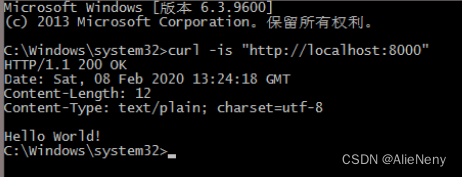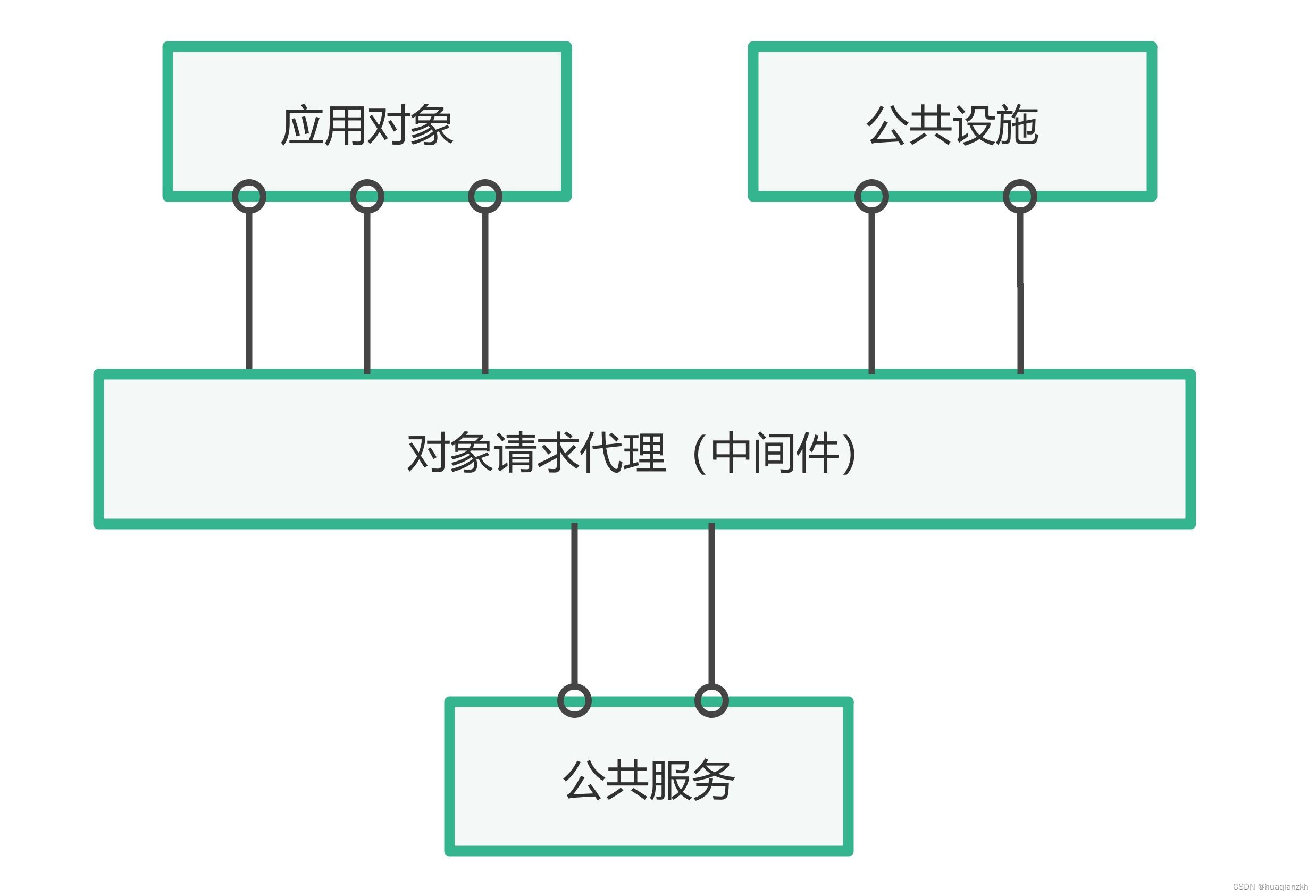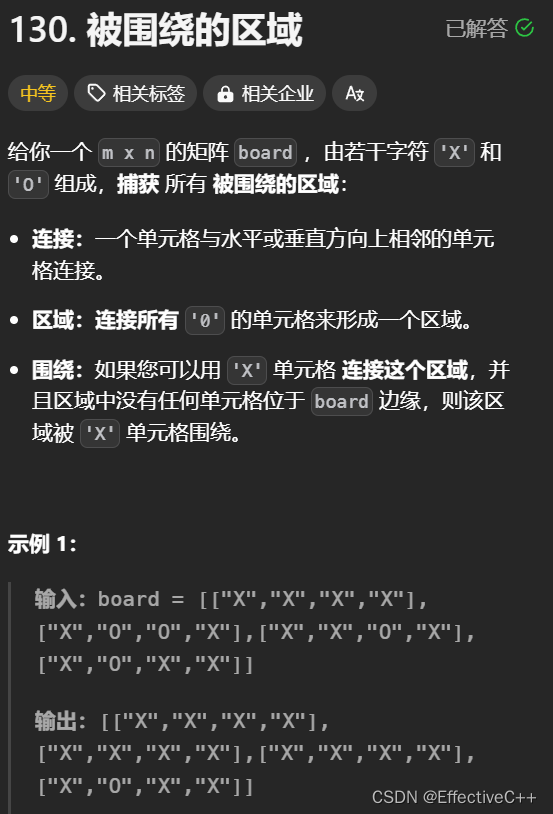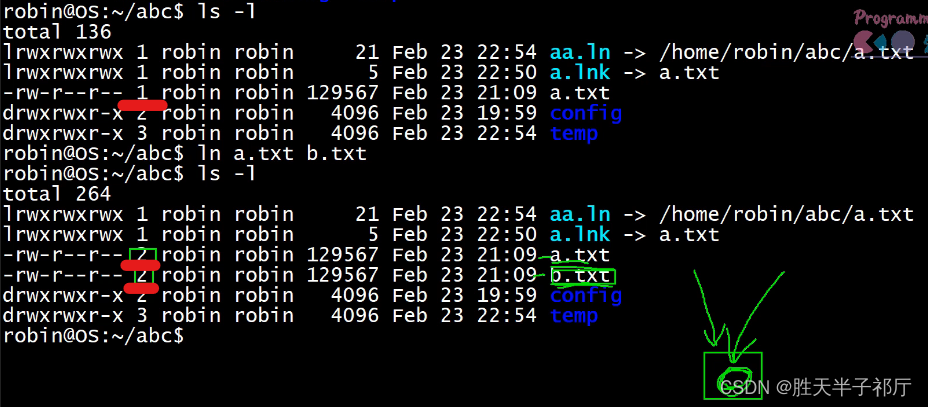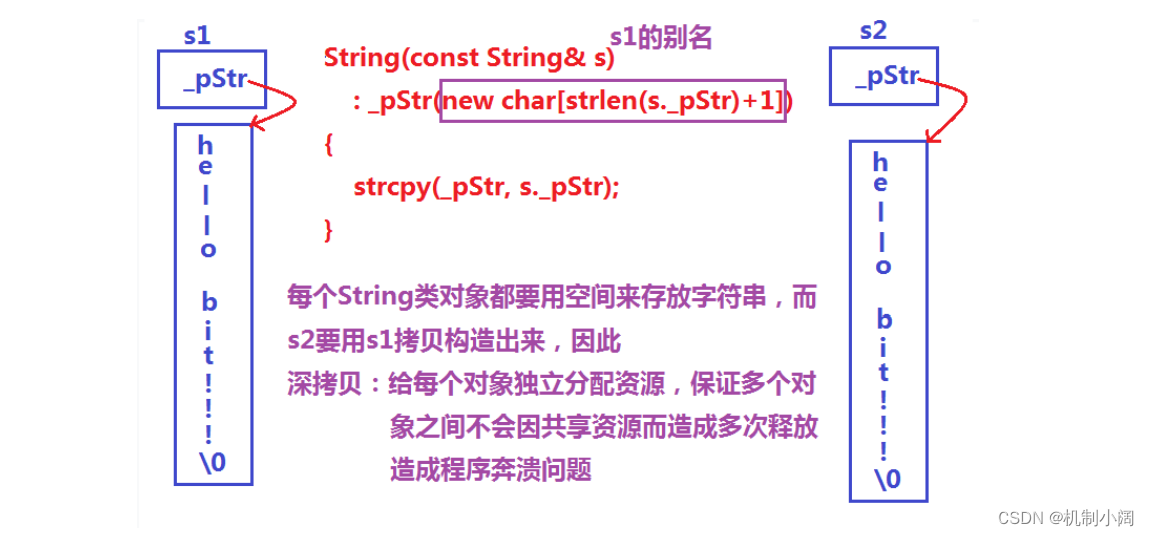## Java中的System类
### 1. System类的基本概念
`System`类是Java标准库中的一个核心类,位于`java.lang`包中。`System`类包含了一些非常重要的类字段和方法,用于访问系统资源和进行系统级操作。常见的功能包括标准输入输出流的访问、系统属性的获取和设置、系统时间的获取等。
`System`类是一个`final`类,不能被继承。它的构造方法是私有的,不能直接实例化。这些设计确保了`System`类的功能的安全性和一致性。
### 2. System类的字段和方法
#### 2.1 常用字段
`System`类中有几个重要的类字段,这些字段用于标准输入输出流的管理:
- `public static final InputStream in`:标准输入流,通常与键盘输入相关联。
- `public static final PrintStream out`:标准输出流,通常与控制台输出相关联。
- `public static final PrintStream err`:标准错误输出流,通常与控制台错误输出相关联。
这些字段的默认值通常在Java虚拟机启动时设置,用户可以通过`System.setIn`、`System.setOut`和`System.setErr`方法重定向这些流。
#### 2.2 常用方法
`System`类提供了许多静态方法,用于执行系统级操作。以下是一些常用的方法:
- `public static void setIn(InputStream in)`:重定向标准输入流。
- `public static void setOut(PrintStream out)`:重定向标准输出流。
- `public static void setErr(PrintStream err)`:重定向标准错误输出流。
- `public static long currentTimeMillis()`:返回当前时间(以毫秒为单位)。
- `public static void arraycopy(Object src, int srcPos, Object dest, int destPos, int length)`:数组拷贝。
- `public static Properties getProperties()`:获取当前系统属性。
- `public static String getProperty(String key)`:获取指定键的系统属性。
- `public static String getProperty(String key, String def)`:获取指定键的系统属性,如果属性不存在,返回默认值。
- `public static void setProperty(String key, String value)`:设置系统属性。
- `public static String getenv(String name)`:获取指定环境变量的值。
- `public static Map<String, String> getenv()`:获取所有环境变量。
### 3. System类的底层实现
`System`类的底层实现依赖于Java虚拟机和本地操作系统。许多方法通过Java本地接口(JNI)调用本地操作系统的API实现其功能。
#### 3.1 标准输入输出流的初始化
`System`类的标准输入输出流在类加载时进行初始化。这些流与底层操作系统的输入输出流相关联。以下是一些关键的实现细节:
```java
public final class System {
public static final InputStream in = null;
public static final PrintStream out = null;
public static final PrintStream err = null;
static {
// 初始化标准输入输出流
setIn0(new BufferedInputStream(new FileInputStream(FileDescriptor.in)));
setOut0(new PrintStream(new BufferedOutputStream(new FileOutputStream(FileDescriptor.out)), true));
setErr0(new PrintStream(new BufferedOutputStream(new FileOutputStream(FileDescriptor.err)), true));
}
private static native void setIn0(InputStream in);
private static native void setOut0(PrintStream out);
private static native void setErr0(PrintStream err);
}
```
在上述代码中,`System`类通过静态代码块初始化标准输入输出流。这些流与`FileDescriptor`对象相关联,后者表示与本地操作系统的标准输入输出文件描述符。
#### 3.2 系统时间
`currentTimeMillis`方法通过本地方法获取系统时间:
```java
public static native long currentTimeMillis();
```
这个方法调用底层操作系统的API获取当前时间,并返回以毫秒为单位的时间戳。在Windows系统上,它可能调用`GetSystemTimeAsFileTime`函数;在Unix系统上,它可能调用`gettimeofday`或`clock_gettime`函数。
#### 3.3 数组拷贝
`arraycopy`方法用于高效地复制数组,避免了Java层面的循环操作。它的底层实现也是通过本地方法:
```java
public static native void arraycopy(Object src, int srcPos, Object dest, int destPos, int length);
```
`arraycopy`方法在不同的Java虚拟机实现中可能调用不同的本地方法。在Oracle的HotSpot虚拟机中,它调用`JVM_ArrayCopy`函数,该函数直接操作内存以提高性能。
#### 3.4 系统属性
`getProperties`和`getProperty`方法用于获取系统属性。这些方法通过Java本地接口(JNI)调用本地方法获取属性值:
```java
public static Properties getProperties() {
if (props == null) {
initProperties();
}
return props;
}
private static native Properties initProperties();
```
`initProperties`方法调用本地方法初始化系统属性,例如操作系统名称、版本、用户信息、文件路径分隔符等。这些属性通过`Properties`对象存储,可以通过键值对的形式进行访问。
### 4. System类的使用示例
#### 4.1 重定向标准输入输出流
可以使用`System.setIn`、`System.setOut`和`System.setErr`方法重定向标准输入输出流。例如,将标准输出重定向到文件:
```java
import java.io.FileNotFoundException;
import java.io.FileOutputStream;
import java.io.PrintStream;
public class Main {
public static void main(String[] args) throws FileNotFoundException {
PrintStream fileOut = new PrintStream(new FileOutputStream("output.txt"));
System.setOut(fileOut);
System.out.println("This will be written to the file.");
}
}
```
在上述代码中,标准输出流被重定向到`output.txt`文件,所有通过`System.out.println`输出的内容将写入该文件。
#### 4.2 获取和设置系统属性
可以使用`System.getProperty`和`System.setProperty`方法获取和设置系统属性。例如:
```java
public class Main {
public static void main(String[] args) {
String javaVersion = System.getProperty("java.version");
System.out.println("Java Version: " + javaVersion);
System.setProperty("my.custom.property", "customValue");
String customProperty = System.getProperty("my.custom.property");
System.out.println("Custom Property: " + customProperty);
}
}
```
在上述代码中,获取了Java版本信息,并设置了一个自定义的系统属性。
#### 4.3 数组拷贝
可以使用`System.arraycopy`方法高效地复制数组。例如:
```java
public class Main {
public static void main(String[] args) {
int[] src = {1, 2, 3, 4, 5};
int[] dest = new int[5];
System.arraycopy(src, 0, dest, 0, src.length);
for (int i : dest) {
System.out.print(i + " ");
}
}
}
```
在上述代码中,通过`System.arraycopy`方法将`src`数组的内容复制到`dest`数组。
### 5. System类的扩展功能
`System`类不仅提供了基本的系统操作功能,还包含了一些高级功能和优化设计。例如,垃圾回收的触发、加载本地库、终止Java虚拟机等。
#### 5.1 垃圾回收
可以使用`System.gc()`方法建议Java虚拟机进行垃圾回收。尽管调用`gc`方法并不能保证垃圾回收会立即发生,但它向虚拟机发出了执行垃圾回收的建议:
```java
public class Main {
public static void main(String[] args) {
System.gc();
System.out.println("Garbage collection suggested.");
}
}
```
#### 5.2 加载本地库
可以使用`System.loadLibrary`方法加载本地库,例如动态链接库(DLL)或共享对象(SO)。这对于需要与本地代码交互的应用程序非常有用:
```java
public class Main {
static {
System.loadLibrary("nativeLib");
}
public static void main(String[] args) {
System.out.println("Native library loaded.");
}
}
```
在上述代码中,静态代码块中调用`System.loadLibrary`方法加载名为`nativeLib`的本地库。
#### 5.3 终止Java虚拟机
可以使用`System.exit`方法终止Java虚拟机并返回一个状态码:
```java
public class Main {
public static void main(String[] args) {
System.out.println("Exiting...");
System.exit(0);
}
}
```
在上述代码中,调用`System.exit(0)`终止Java虚拟机,并返回状态码0表示正常退出。
